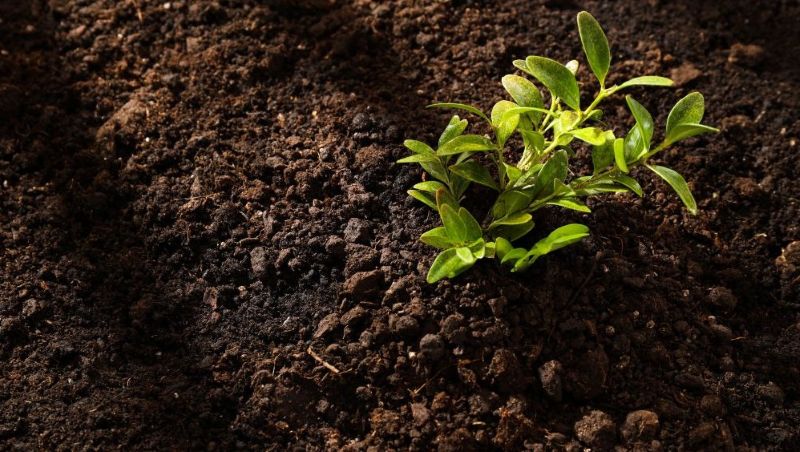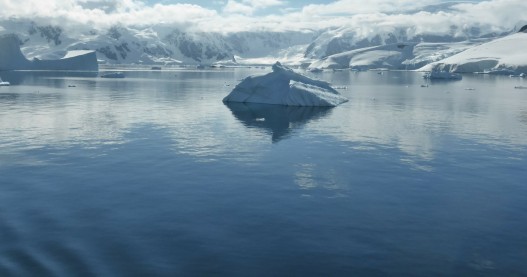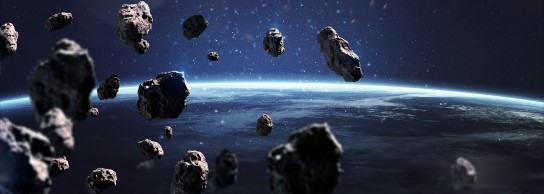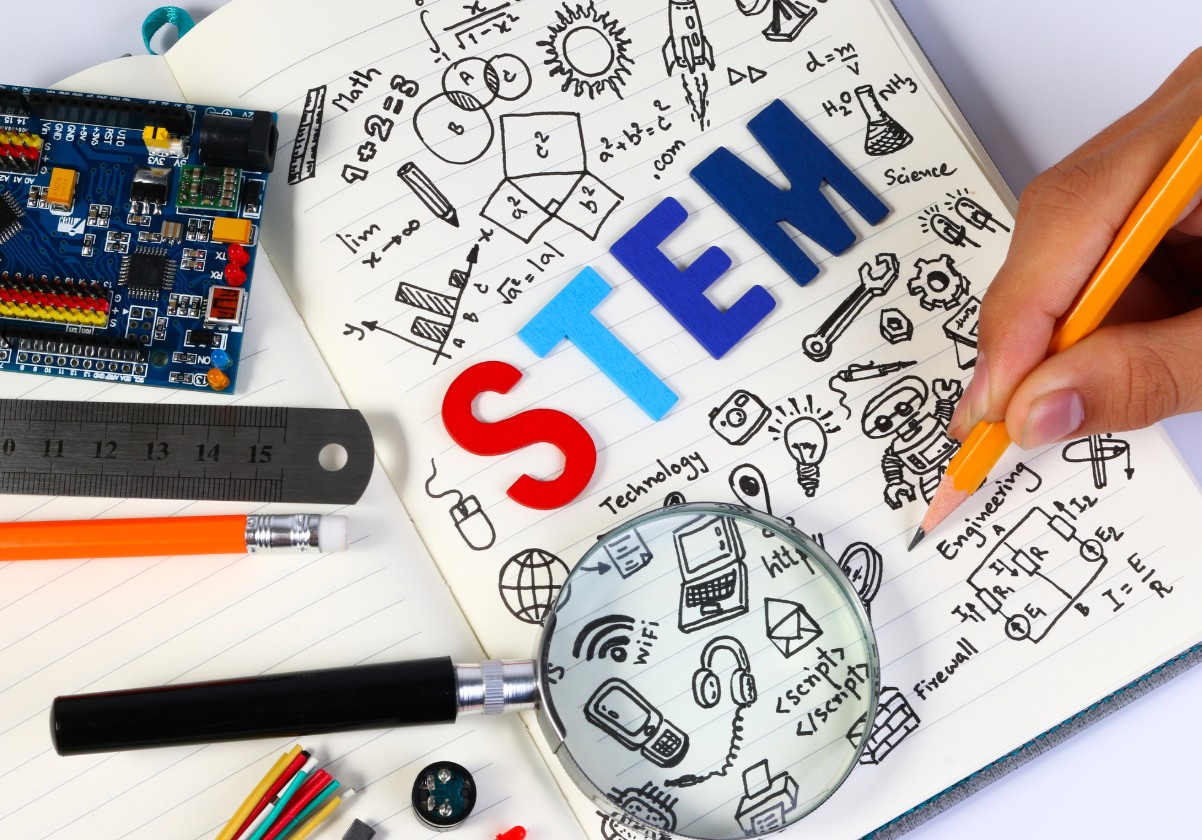 article icon
article icon
Nature & Environment
Hidden soil allies – fungi that help plants face drought
Climate change makes droughts more frequent and intense, threatening the food we grow and eat every day. Luckily, plants have invisible allies under the soil – tiny fungi called mycorrhizae that help them survive in tough times.
 article icon
article icon
Nature & Environment
How do microplastics make their way into our food?
We know that microplastics have found their way into our food chain. Understanding the sources of microplastics, their journey to our plates, and what we can do to reduce the risks is essential for tackling this pressing issue.
 article icon
article icon
Science, Maths & Technology
How our brain changes as we grow old: the Blood Brain Barrier breakdown
What's the Blood Brain Barrier and how does studying this help us to find out more about diseases associated with ageing such as Alzheimer’s? OU research student, Eduardo Frias-Anaya explains:
 article icon
article icon
Nature & Environment
Can microplastics find their way onto your plate?
What harm can microplastics cause to human health and can they get into our food? Joanna Jesionkowska, a research student at The Open University, looks into this here.
 article icon
article icon
Nature & Environment
Deep oceans can help us understand our climate
Carbon isotopes found in deep water fossils offer an insight into deep ocean circulation says PhD student, Andrew McIntyre.
 article icon
article icon
Nature & Environment
Exploring the depth of the Antarctic ice sheet...
Within the comfort of my office and a computer model, Andreas Wernecke explains his research at The Open University.
 article icon
article icon
Nature & Environment
When did the largest ocean current on Earth start?
How can fossil fish teeth allow us to understand past deep ocean circulation? PhD student, Sophie Alexander, explains...
 article icon
article icon
Science, Maths & Technology
Revealing the surface of an asteroid using robotic telescopes
How can studying asteroids allow us to have a better understanding of the formation of our solar system? Samuel Jackson, PhD student in The School of Physical Sciences digs into the research...
 article icon
article icon
Science, Maths & Technology
To the Moon and beyond
Tara Hayden of the School of Physical Sciences at The Open University, explores the Apollo legacy and the future of human exploration.
 article icon
article icon
Science, Maths & Technology
Hitching a ride on an asteroid to travel back to the birth of the Solar System
Right now there are two active asteroid sample-return missions in space...
 article icon
article icon
Science, Maths & Technology
Can a space rock from Costa Rica reveal the origin of water on Earth?
Ross Findlay, a Cosmochemistry PhD Student in The School of Physical Sciences, explores different types of meteorites which have landed across our planet.
 article icon
article icon
Science, Maths & Technology
Phobos – an asteroid masquerading as a moon of Mars?
Zoe Morland, a PhD student in The School of Physical Sciences, looks at Phobos - one of Mars' moons and how space agencies are going to investigate its composition.
